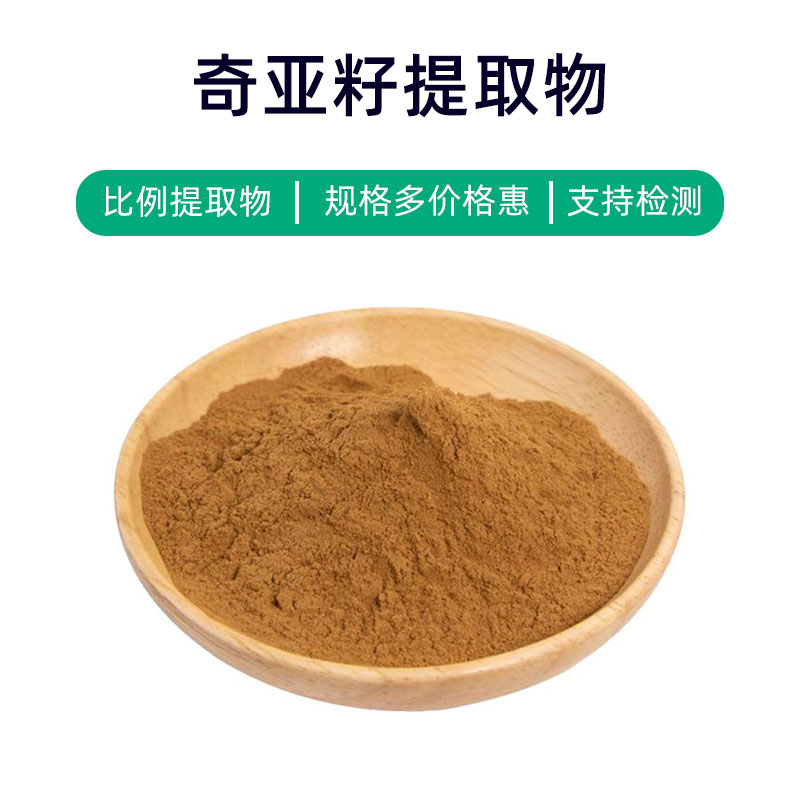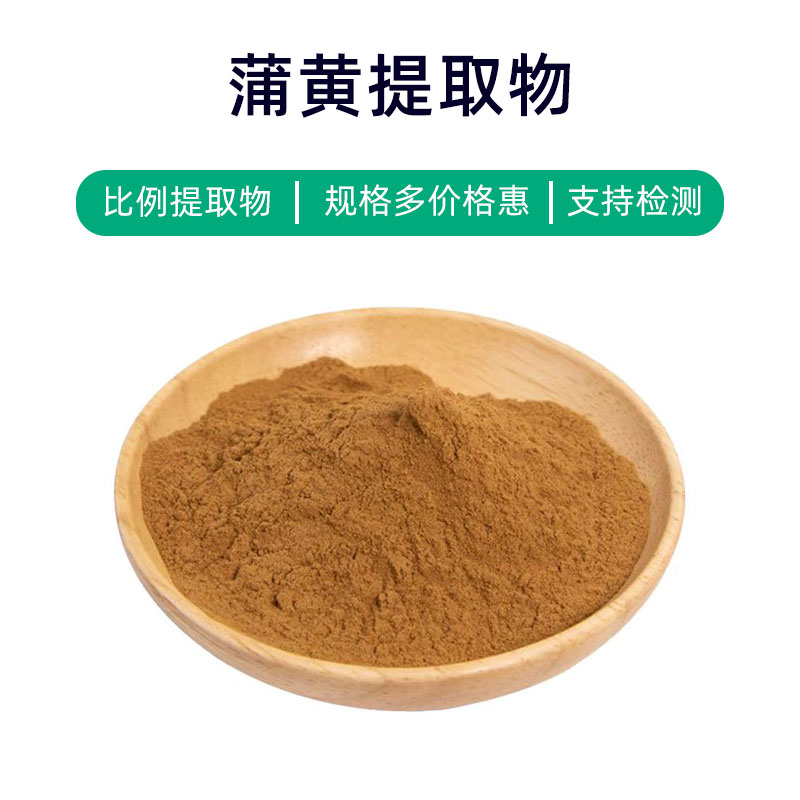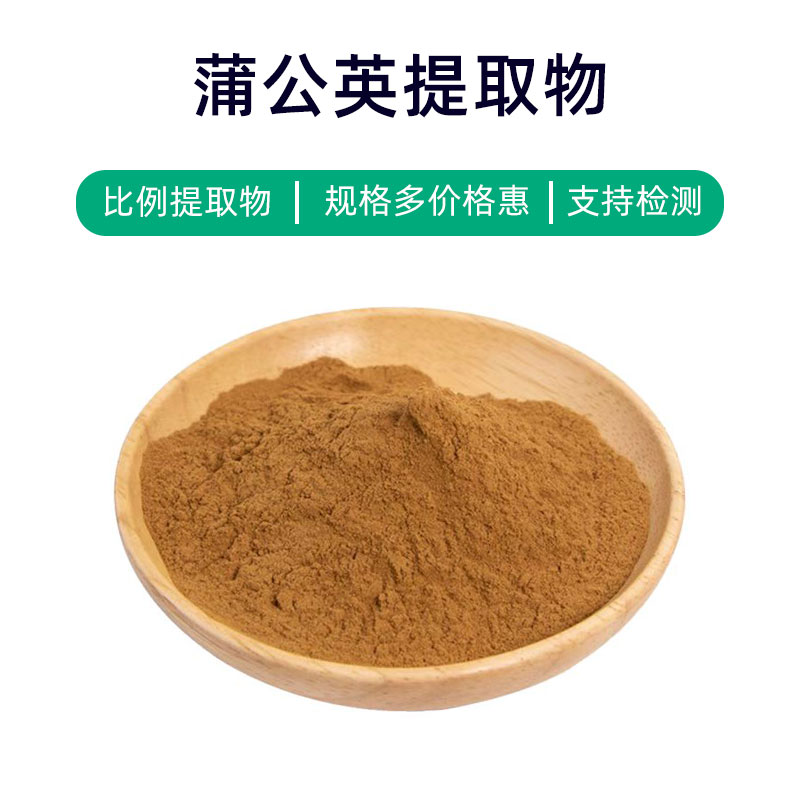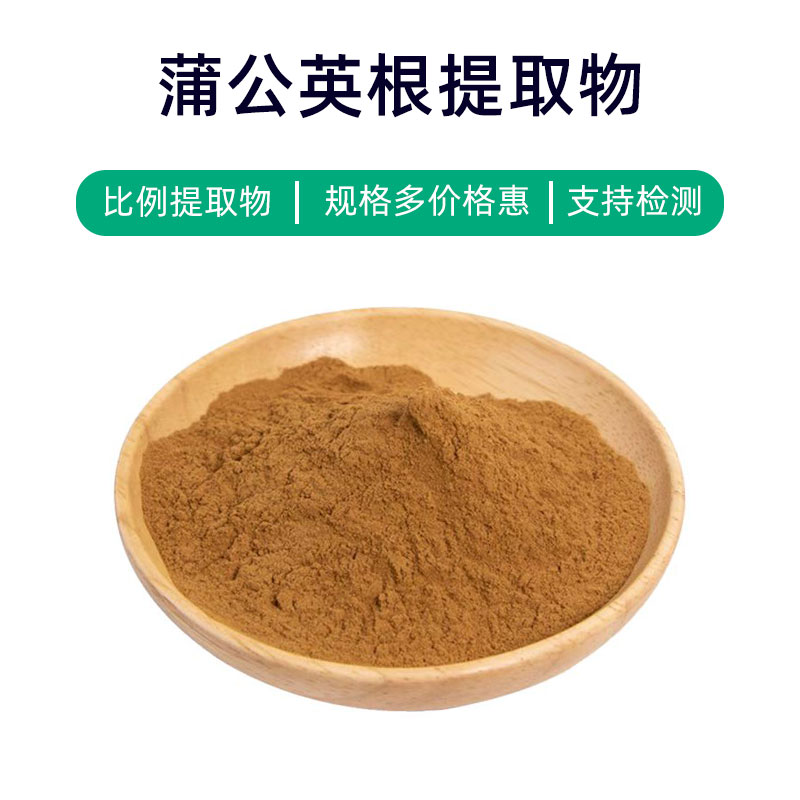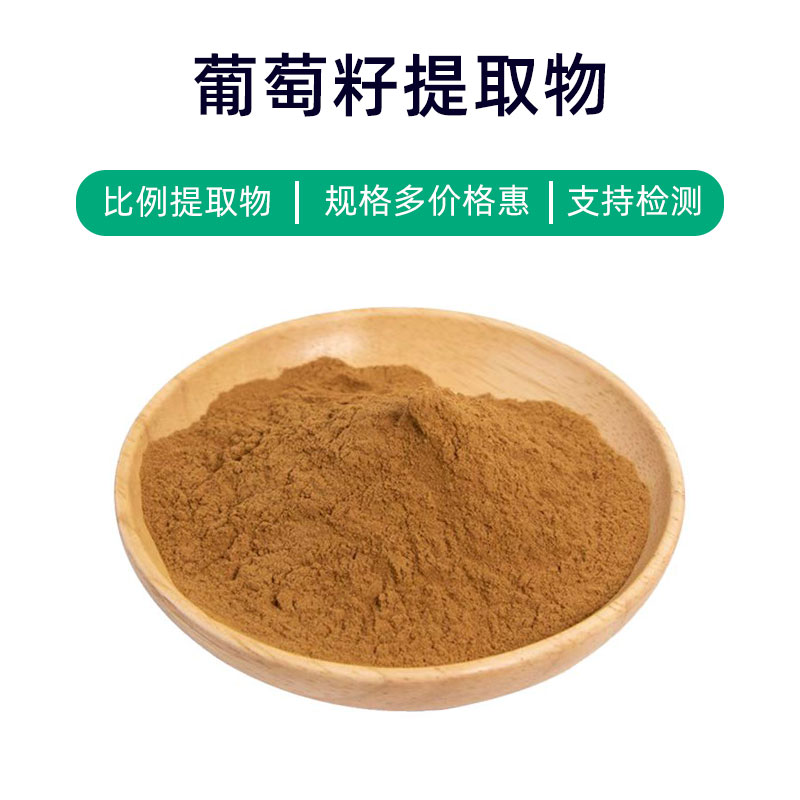Introduction to Dengxincao Extract
Dengxincao extract is a plant extract obtained from the whole plant of Dengxincao (Glechoma hederacea). Its primary components include flavonoids, flavonoid glycosides, and volatile oils. Dengxincao extract is widely used in the pharmaceutical, dietary supplement, and cosmetics industries.
Main Benefits and Applications Include:
- Antioxidant Properties: Rich in flavonoids, Dengxincao extract has significant antioxidant effects that help eliminate free radicals and slow the aging process.
- Anti-inflammatory and Antibacterial Effects: It can be used to treat skin inflammation and infections, promoting skin health.
- Blood Sugar Regulation: Studies suggest that Dengxincao extract may help regulate blood sugar levels.
- Anti-allergic Effects: Active components in Dengxincao extract may inhibit allergic reactions, offering relief for allergic diseases.
- Skincare Benefits: Commonly found in skincare products, it moisturizes and improves skin texture, providing beauty benefits.
In the medical field, Dengxincao extract can be made into oral solutions, capsules, etc., for blood sugar regulation and immune enhancement. In the dietary supplement sector, it serves as a raw material for tablets and granules to boost the body's resistance. In cosmetics, it is used in products like creams, lotions, and masks for skin hydration and improvement.
Production Process for Dengxincao Extract
The production process of Dengxincao extract involves the following steps:
- Material Preparation: Select fresh whole Dengxincao plants, remove impurities, and clean them to ensure purity and quality.
- Extraction Process: Crush or cut the cleaned whole plants to enhance extraction efficiency. Use appropriate solvents (like ethanol or water) for extraction, employing methods such as maceration or heat reflux extraction.
- Concentrating the Extract: Filter and concentrate the extracted mixture to remove solvents, yielding a concentrated extract.
- Separation and Purification: Separate and purify the concentrated extract using methods such as gel chromatography, gel filtration, or thin-layer chromatography to remove impurities and improve purity.
- Drying and Powdering: Dry the purified extract using spray drying, vacuum drying, or similar methods to produce a powdered extract.
- Quality Testing: Conduct quality testing on the extract, including checks for appearance, color, odor, and solubility, to ensure the product meets quality standards.
- Packaging and Storage: Package the quality-approved Dengxincao extract in sealed containers to protect against moisture, light, and oxygen, then store in a cool, dry place away from direct sunlight and high temperatures.
These are the standard production processes for Dengxincao extract, with strict controls necessary at each step to guarantee the quality and safety of the product.
Benefits and Side Effects of Dengxincao Extract
Dengxincao extract is a common herbal plant extract with various benefits and effects, primarily including:
- Antioxidant Effects: High in antioxidants, such as flavonoids and vitamin C, it neutralizes free radicals and reduces oxidative stress, protecting cellular health.
- Anti-inflammatory Properties: Research shows it has anti-inflammatory effects, helping to suppress the release of inflammatory mediators, providing assistance in treating inflammatory diseases.
- Blood Sugar Regulation: Some studies indicate it may help lower blood sugar levels, aiding in blood sugar regulation for diabetic patients.
- Digestive Aid: Rich in dietary fiber and digestive enzymes, it promotes gastrointestinal motility and eases digestive discomfort.
- Immune Enhancement: Active components in Dengxincao extract help boost immune system function, improving resistance to infections and diseases.
- Anti-aging Effects: Its antioxidant and anti-inflammatory properties can slow cellular aging and help maintain youthful skin and overall health.
- Liver Protection: Research indicates it has protective effects on the liver, reducing liver damage and promoting hepatocyte regeneration, providing some assistance for liver disease patients.
While Dengxincao extract has many benefits, attention must be paid to individual differences and dosage control, as long-term excessive use may lead to gastrointestinal discomfort and other side effects. It is recommended to consult a healthcare provider before use and follow the dosage instructions on product labels.
Applications and Dosage of Dengxincao Extract
Dengxincao extract is widely used across pharmaceuticals, food products, and cosmetics. Below are its applications and dosages in various fields:
- In Medicine:
- Internal Use: Commonly used in traditional Chinese medicine formulations, it can be made into tablets, granules, or oral solutions for blood sugar regulation, antioxidant effects, and immune enhancement. The typical dosage is 3-6 grams per dose, 2-3 times daily, subject to adjustment based on individual situations.
- Topical Use: It can also serve as a topical medicinal ingredient in ointments and washes for skin inflammation, eczema, etc. The amount used varies based on needs.
- In Food:
- Additive: As a natural health food additive, it is found in dietary supplements and functional beverages to enhance nutritional value and functionality. The amount added can vary based on product formulation and desired effects.
- Flavoring: In some food processing, it can also act as a flavoring agent, imparting unique taste and aroma. Its usage is generally minimal and determined by the product recipe.
- In Cosmetics:
- Skincare Products: With a wealth of antioxidants, it is commonly included in creams, masks, and lotions for their antioxidant, soothing, and moisturizing properties. The amount included generally forms part of the product formulation based on efficacy needs.
- Cleansing Products: Also frequently found in cleansing products like facial cleansers and gels to purify the skin and improve texture. The dosage typically forms part of the formulation and is adjusted based on performance and user experience.
In all applications, dosage and usage must strictly adhere to product label guidance or healthcare professional recommendations, particularly in the medicinal field, where adjustments should be made based on individual situations and specific health conditions to avoid overuse and potential drug interactions. For food and cosmetic use, following product instructions is essential to prevent excessive use and discomfort.
Introduction to the Source Plant, Distribution, and Growth Environment of Dengxincao
Dengxincao (scientific name: Sedum aizoon L.) is a perennial herbaceous plant, belonging to the Crassulaceae family. It is a common type of succulent plant. Below is an overview of the source plant of Dengxincao extract, its distribution, and growth environment:
- Plant Overview:
- Dengxincao is a succulent plant with a prostrate or upright growth habit. It has cylindrical stems and fleshy leaves that are oval or elliptical, green or grayish-green with finely toothed edges.
- The flowering season typically occurs in summer, with flowers that are generally yellow or white, small and beautiful, clustered at the tops of stems or in leaf axils, forming umbrella-like flower clusters.
- Distribution:
- Dengxincao is widely distributed around the world, particularly common in temperate and subtropical regions.
- In China, it mainly grows in the Northeast, North China, Central China, Southwest regions, and high-altitude areas like Tibet and Qinghai.
- Growing Environment:
- Dengxincao thrives in sunny, well-ventilated environments. It has strong adaptability to soil, capable of growing in dry rocky crevices as well as moist riverbanks and valleys.
- It does not have strict soil requirements, commonly found in calcareous, sandy, and clay soils, tolerant to drought and poor conditions.
- Growth Characteristics:
- Dengxincao grows rapidly and has strong reproductive capabilities, with common propagation methods including seeding, division, and cuttings.
- It exhibits a strong adaptability, surviving in extreme conditions such as high altitudes, deserts, and rocky outcrops.
- Ecological Functions:
- Dengxincao plays an important role in soil and water preservation, with dense root systems and lush foliage that can stabilize soil and prevent erosion.
- It absorbs significant amounts of carbon dioxide and releases oxygen, contributing to improved air quality and environmental enhancement.
In summary, Dengxincao is a common succulent plant with strong adaptability, broad distribution, and significant ecological functions beyond its aesthetic appeal.
Processing and Storage of Dengxincao Extract
The processing of Dengxincao extract mainly includes the following steps: First, fresh Dengxincao plants are collected, then cleaned and processed, dried or given initial processing treatment. Subsequently, effective components are extracted using suitable methods like water extraction, alcohol extraction, or supercritical fluid extraction. Finally, through concentration, filtration, and drying steps, a pure Dengxincao extract is obtained. For storage, the extract should be kept in a cool, dry, and light-shielded environment, avoiding direct sunlight and moisture to ensure stability and prolong shelf life.
Monica Sun is a seasoned expert in the plant extraction industry with over a decade of experience in research and production. She specializes in the extraction and purification of plant active ingredients, focusing on driving innovation in natural product applications. Monica has participated in the development of multiple functional plant extracts, delivering high-value natural raw material solutions for the health food, pharmaceutical, and dietary supplement sectors.









